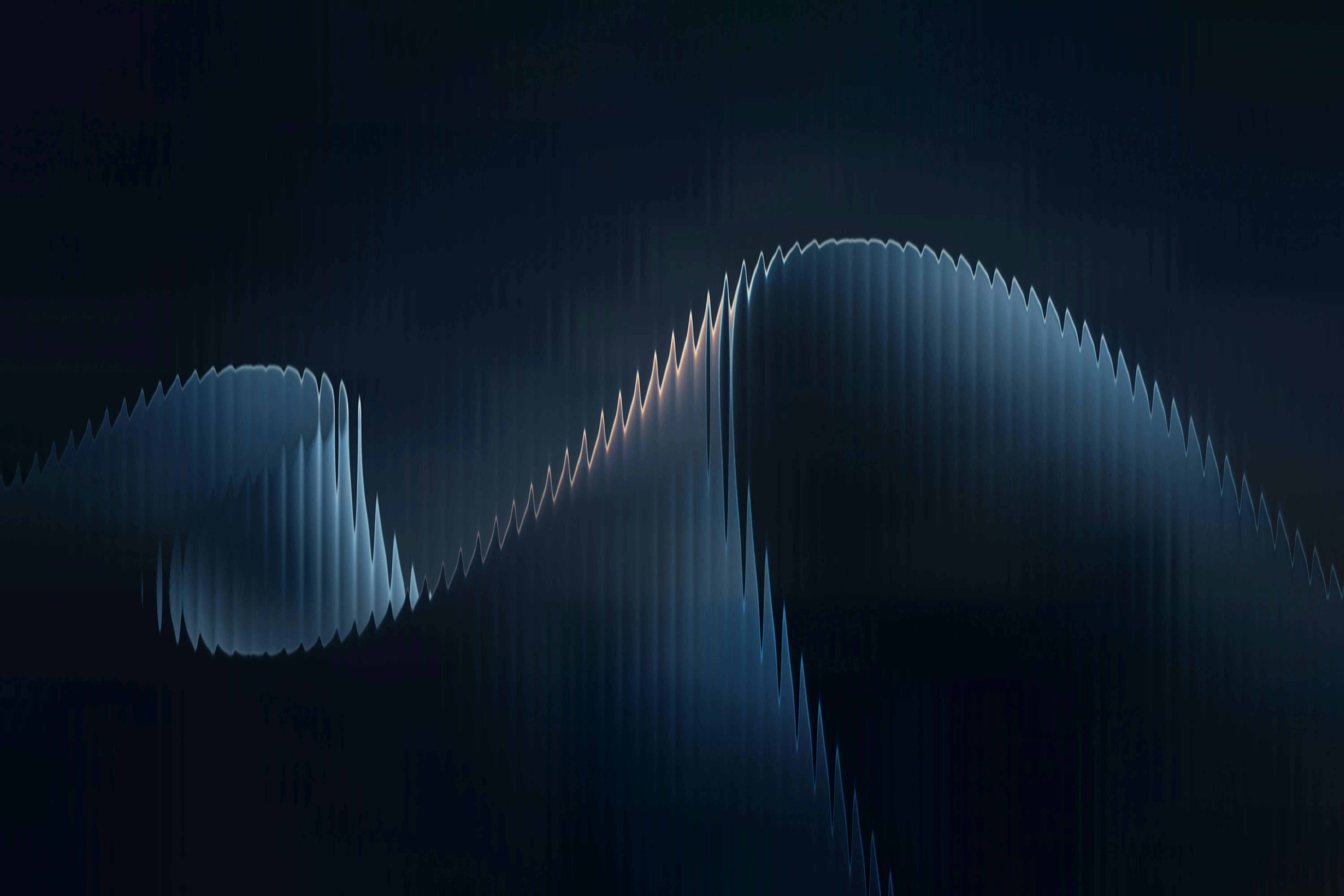Scientists Have Found a Way to Hide Information in Light Using a Twisted New Material

In a breakthrough that blends the weirdness of light with the elegance of symmetry, researchers at EPFL in Switzerland have created a new kind of optical material that can encode, decode, and manipulate hidden information, all by twisting the very nature of light.
The innovation hinges on a principle called chirality, which refers to objects that can’t be superimposed on their mirror images, like your left and right hands. This twist in geometry has now been applied to metasurfaces, ultra-thin materials engineered at the nanoscale to control how light behaves.
The result? A chiral metasurface that can securely hide or reveal information, depending on how it’s illuminated and observed. The implications for data encryption, optical computing, and next-gen sensing are enormous.
The new metasurface manipulates light’s polarization, the direction in which its waves oscillate, by leveraging chirality at the nanoscale. These microscopic patterns respond differently to left- or right-circularly polarized light, revealing different “hidden” images or data depending on the viewer’s perspective.
This means a single surface can contain multiple layers of information, only accessible under the right conditions, much like invisible ink visible only under UV light, but far more secure and dynamic.
“You can encode an optical signature that only appears if you probe it with the correct kind of light,” explains study author Hanan Herzig Sheinfux from EPFL’s School of Engineering. “It’s a very precise and robust way to hide or gate information.”
Unlike traditional encryption techniques that rely on digital keys, this light-controlled system can physically prevent unauthorized access to data. That has obvious appeal for anti-counterfeiting technologies, optical security tags, or data transmission systems where security is paramount.
What’s more, the team’s method doesn’t require complex optical setups or active components. It works under ambient light conditions with common polarizing filters, making it simple, low-cost, and scalable for real-world use.
In initial experiments, the researchers demonstrated the ability to encode grayscale images, QR codes, and barcodes into the metasurface. When viewed with left-circularly polarized light, one image appeared; with right-circularly polarized light, a completely different one emerged.
Beyond security, these metasurfaces could pave the way for optical computing, where light, not electricity, processes information. Their ability to filter, switch, or encode signals based on chirality means future devices could be faster, more efficient, and far more compact than today’s electronics.
They also hold potential in biosensing, since many molecules in biology are chiral. Future versions of this technology could be used to detect molecular signatures in real time using light.
In the hands of light, secrecy takes on a new shape. This chiral metasurface isn’t just a scientific curiosity, it’s a powerful tool for a more secure, responsive, and information-rich future.